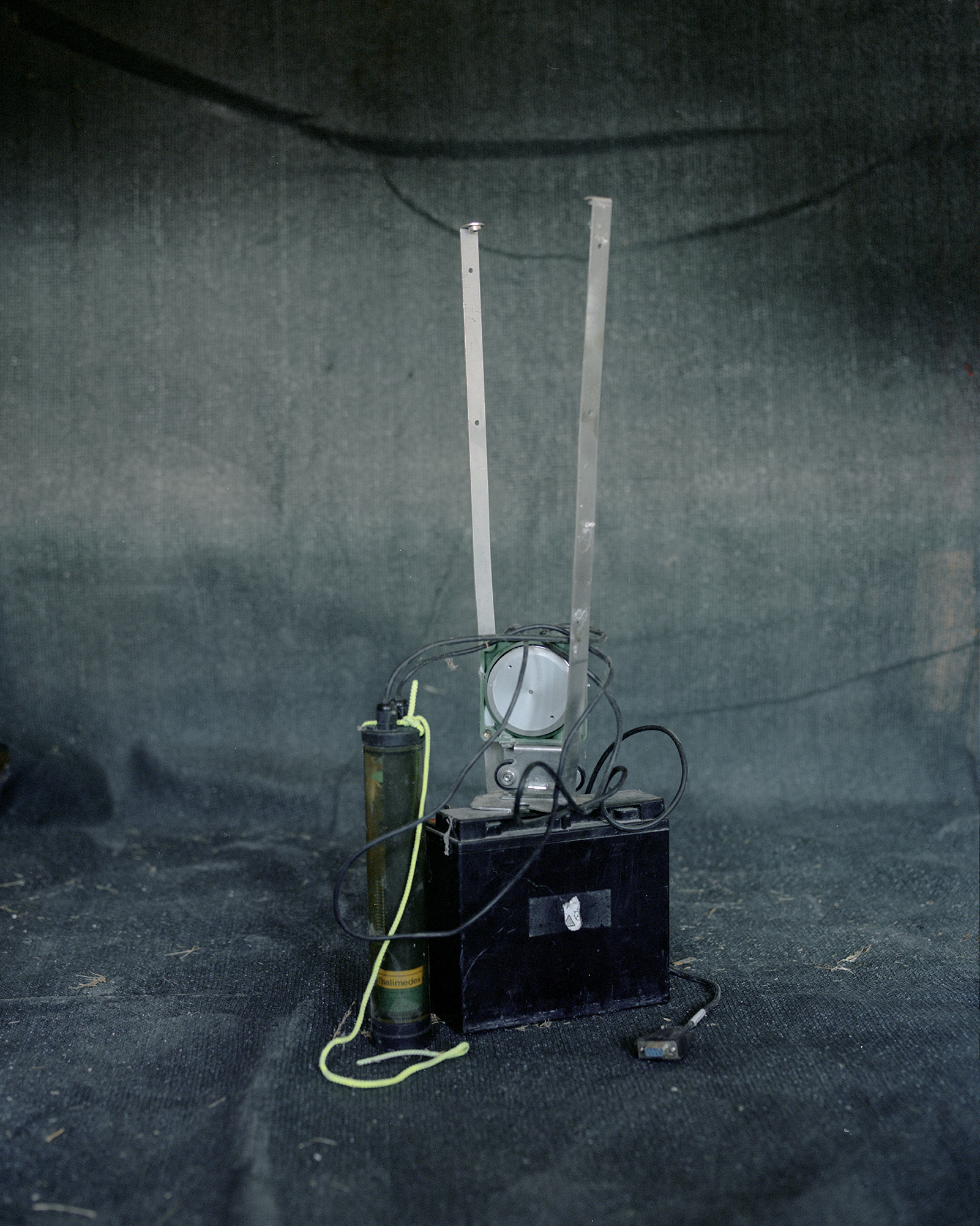SECOND MOVEMENT - centre (fast section)
V. THE PORT
#16 She lights shine on the sea
Despite the tricoloured smoke of the industrial estate, giving the landscape a volcanic appearance, very few road have been lit. All the better for the birds at these crossroads of continents. At sea however, lights as powerful as those at the Stade de France, guide the docking of XXL ships. Decked out like Christmas trees,
the lorries unload them and make the roads tremble.
#17 The conquest of the west
When it was created, the extension of the autonomous port of Marseille toFos-sur-Mer was described as "a giant achievement, a continuous creation and a conquest of the West". A rare master plan dating from 1966, which I found in a faint outpost of the Marseille port development department, here behind some trees in the outback of Fos, shows how the architect Gaston Jaubert, a disciple of Le Corbusier, designed the zoning for the industrial park, it sprung from an old portuary battle between Arles and Marseille. In the year that I walk here, the port has been renamed 'Port Marseille-Fos', such a thing too, can be found in other deltas. But the hybridisation between industry and marshland is particularly visible in this one. Nourished by an excess of flora that surroundsthe buildings. In the Netherlands, in Rotterdam,
for a long time we haf little left to look at other than
the port and to such currents 'Marseille in the delta' does follow suit...
![]()
![]()
![]()
![]()
![]()
![]()
![]()
![]()
![]()


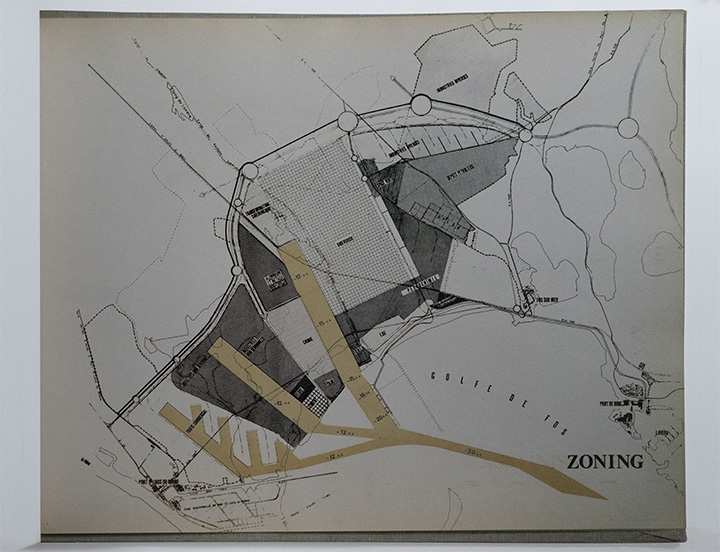


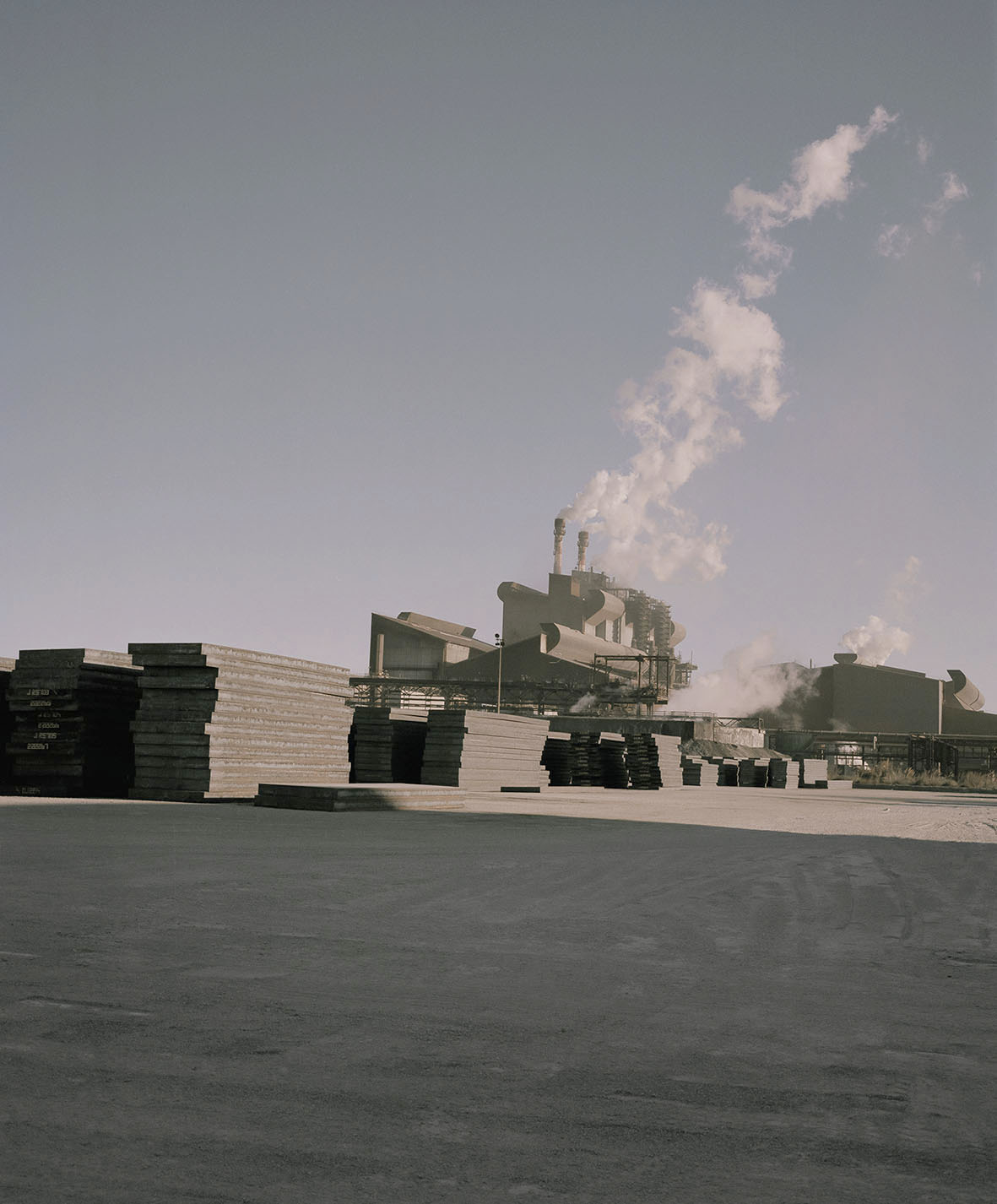
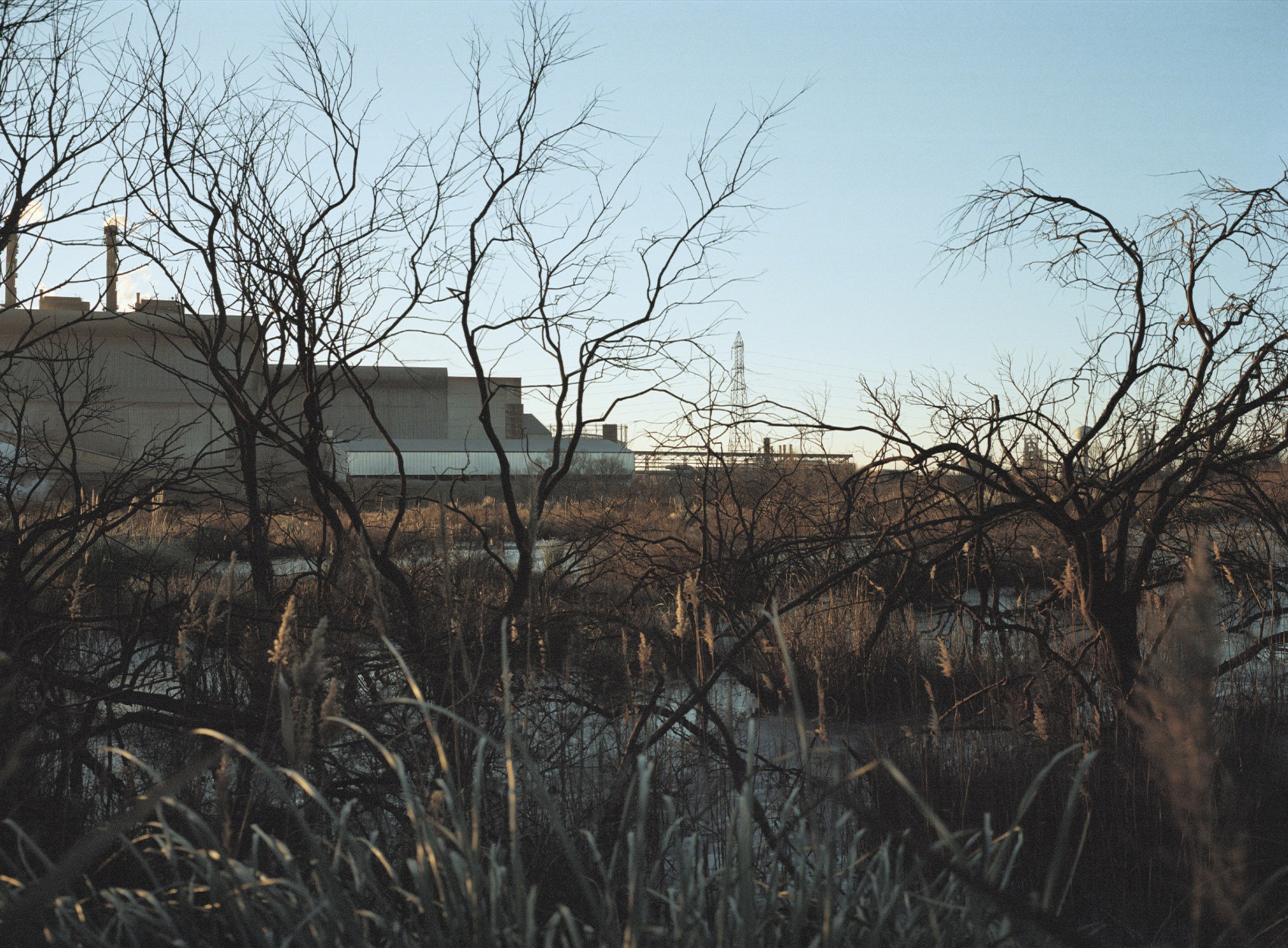
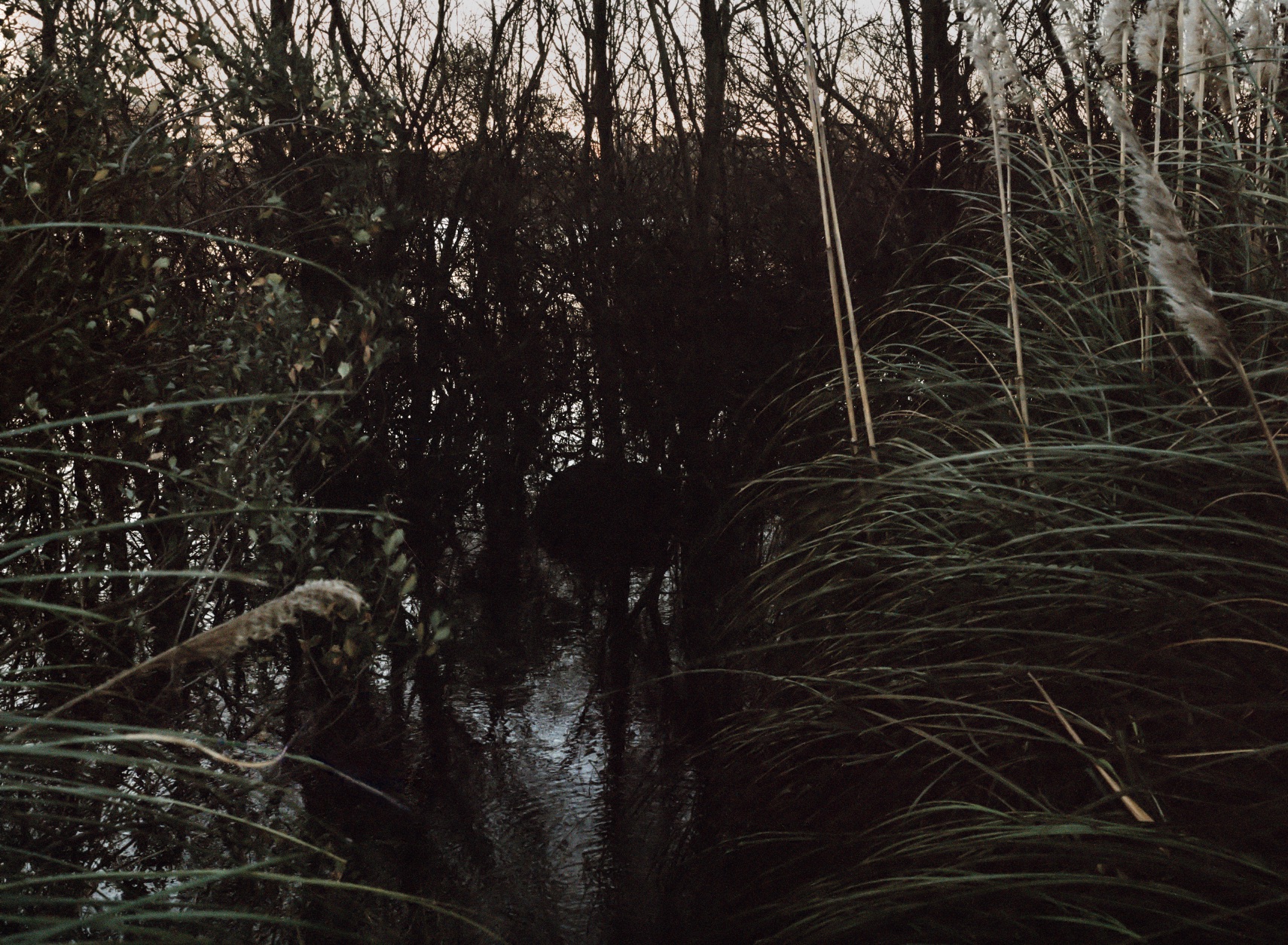
LOST ARCHIVES REDISCOVERED BY DELTAWERKEN PROJECT. 40x50cm
Original plan of the largest port of the Mediterranean Sea
Original plan of the largest port of the Mediterranean Sea
#18 The poisoned earth
The port's industries are visible throughout the delta and function as havens for ships.
The impact of the thousands of different molecules coming out of these chimneys is technically impossible to control, and cancer rates in Fos are the highest in the country. The state-funded Institut Écocitoyen is struggling to trace that which seems invisible to the eye. Whilst I walk here, I am told that the state does not have the right to transfer datafrom the factories to this “Eco-citizen” institute. The battle is becoming less noble.
#19 Showers of pcb
Observing, surveying and protectingand protection of species and the numerous bureaucratic tasks overwhelm the staff of nature reserves.staff. While they may be able to monitor the influence of pesticides on adjacentadjacent agricultural fields [1], they are not equipped for eco-toxicological research related toneighbouring industries. Just 40km from the port, the Alpilles mountain range begins.mountainous and nicknamed 'les arrogantes' for this reason. Its reliefis the first target of toxic rain [1].
(1) The presence of organochlorine pesticides such as lindane and dieldrin, polycyclic aromatic hydrocarbons (PAHs) and polychlorinated biphenyls (PCBs).
